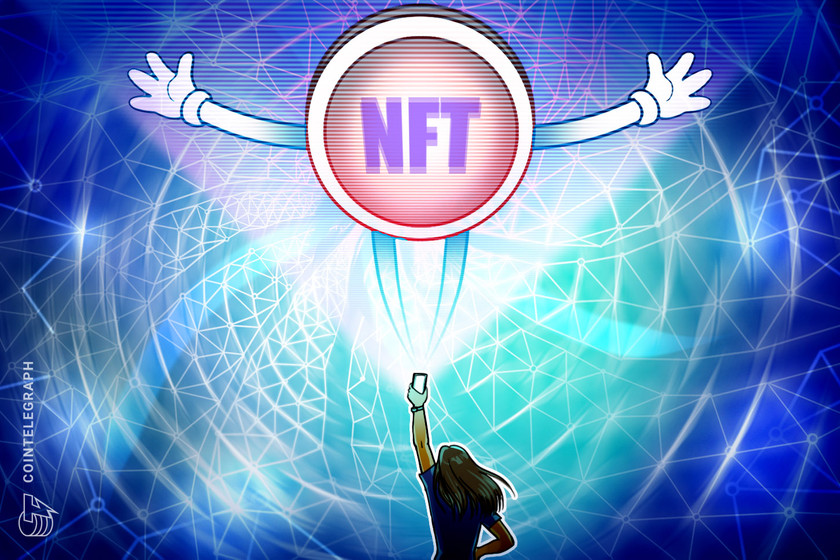VanEck’s MVIS and CryptoCompare Launch Bitcoin Benchmark Rate
VanEck company MVIS and crypto data provider CryptoCompare are launching a new hourly Bitcoin Benchmark Rate.
908 Total views
39 Total shares

VanEck company MVIS and cryptocurrency data provider CryptoCompare are launching an hourly Bitcoin (BTC) Benchmark Rate, which has been developed in close cooperation with cryptocurrency bank SEBA.
In an announcement on June 3, MVIS outlined that the new rate aggregates BTC transaction prices on the top five trading venues included in CryptoCompare’s Exchange Benchmark and disseminates each hour.
Licensed crypto bank SEBA will be using the new rate to launch further products for the digital assets market. Daniel Kuehne, the bank’s head of asset management, emphasized:
“It is essential for derivatives on cryptocurrencies to have a representative reference rate which is robust against market distortions and manipulations.”
As reported by Cointelegraph, CryptoCompare’s Exchange Benchmark had launched explicitly in response to the growing concerns sparked by research revealing that a significant number of crypto exchanges worldwide use wash trading and other strategies to artificially inflate trade volumes.
Both MVIS’ managing director Thomas Kettner and CryptoCompare CEO Charles Hayter have stressed the need to provide professional investors with high-quality crypto data and indices. This, they state, will ensure that such investors can accurately measure the performance of their crypto exposure and to encourage more confidence in the asset class.
Crypto and the institutional investor class
The development of better datasets and indices to support institutional exposure has steadily emerged as an area of focus over the years.
This January, leading Japanese consulting firm Nomura Research Institute partnered with crypto investment solution provider Intelligence Unit to launch a new tradable monthly crypto index, also drawing on data from MVIS.
Last month, major industry players claimed they have witnessed an acceleration of institutional interest in the crypto sector, attributing it to factors that included Bitcoin’s recent halving and concerns over possibly inflationary monetary policy in the United States.









